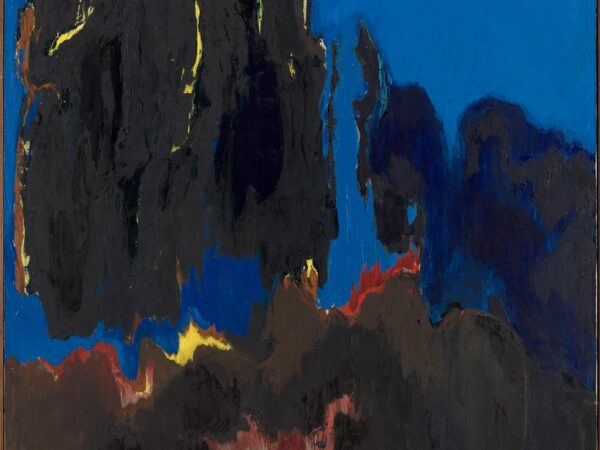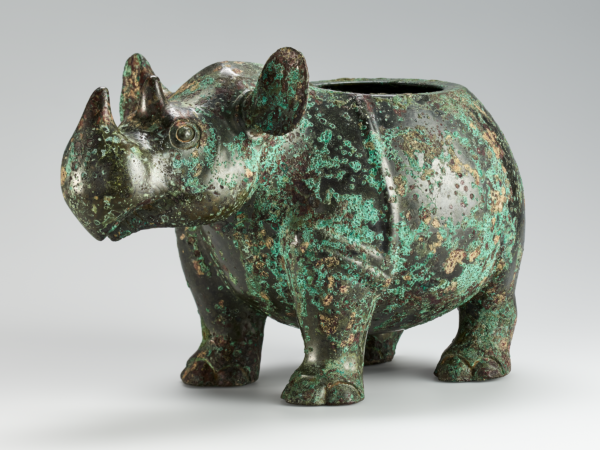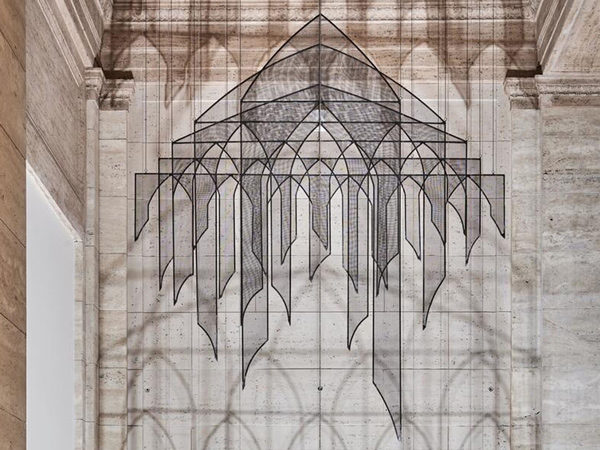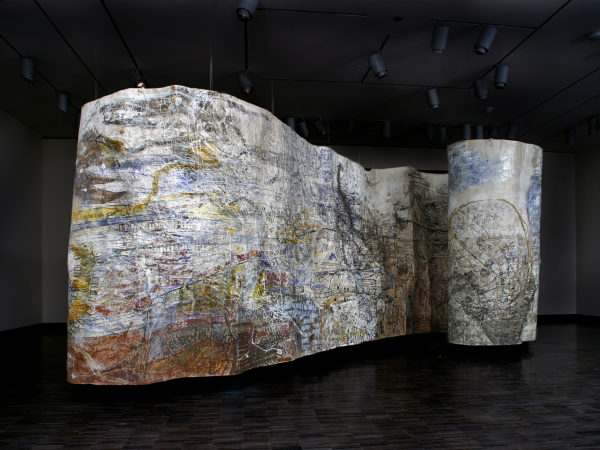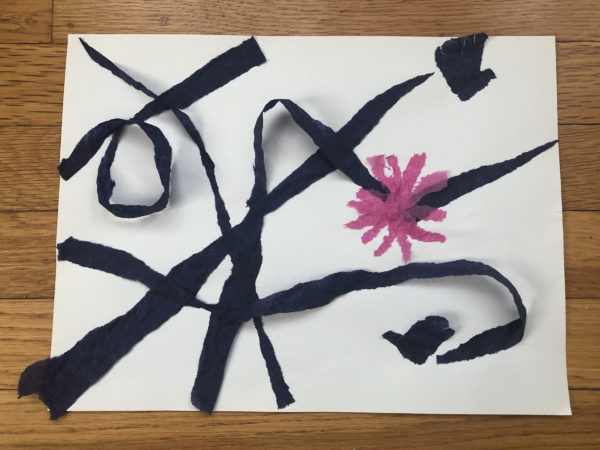In Chinese brushpainting, the artist can achieve a multitude of effects by varying such factors as the speed and pressure applied to a brush, the size and type of brush, the amount of moisture, the manner in which different shades of ink or colors are loaded onto the brush, the angle at which the brush is held, and the type of paper or silk used for painting. These examples, drawn from the museum’s collection, represent some of the more common techniques.
Background Information
A Visual Vocabulary of Brushstrokes
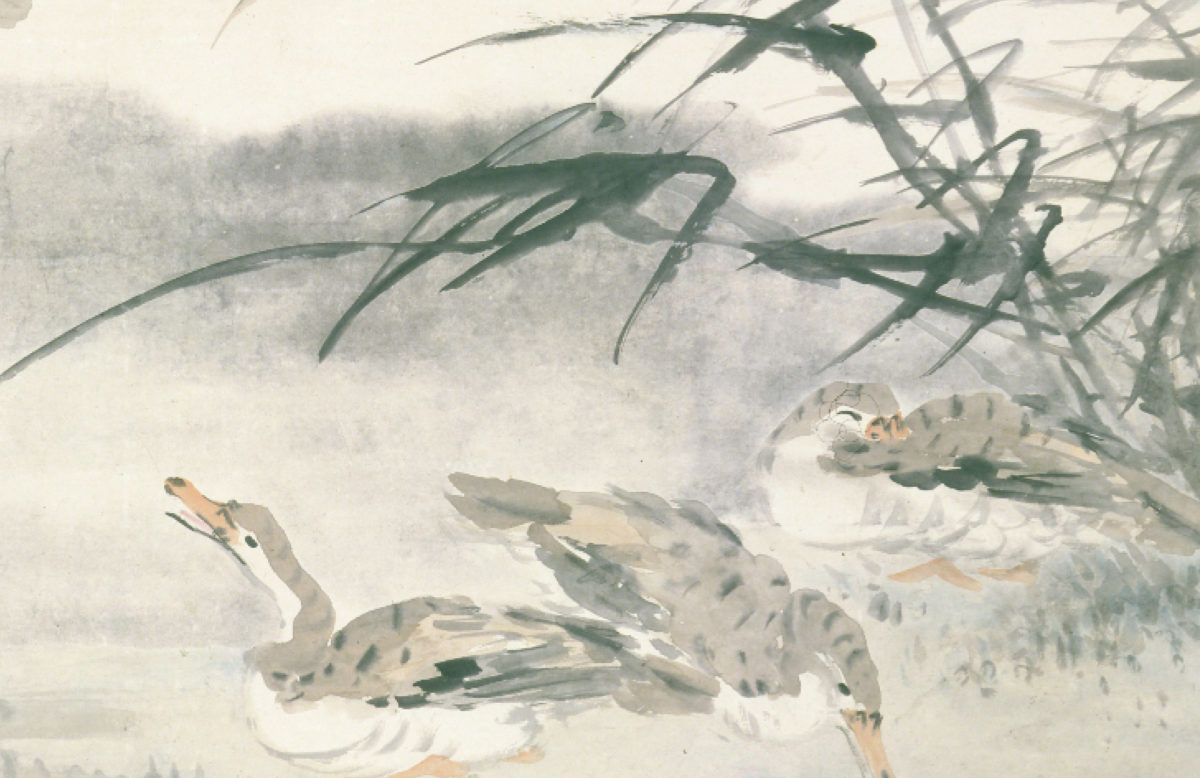
View Gallery
9 Photos
Examples of Brushstrokes
1
9
Xieyi: Free and spontaneous, primarily in ink, sometimes with light color tints, favored by scholar painters. (Detail: B74D1)
Broken Ink: A method of “breaking” the wash with deeper or lighter ink tones while the first layer of ink or color is still wet. (B87D1)
Dry brush: Ink is used sparingly with little moisture in the brush. (Detail: B69D41)
Gongbi: A careful, precise style with meticulous attention to details, forms, and standards, usually associated with works in color. (Detail: B66D2)
Another Example of Gongbi: A careful, precise style with meticulous attention to details, forms, and standards, usually associated with works in color. (Detail: B65D49.k)
Boneless: Painting without outline in colors or ink. Sometimes different colors or shades of ink are loaded on to the same brush, enabling the artist to achieve various effects with just one stroke. (Detail: B69D15)
Outline drawing (baimiao): Outline drawing in ink without color, shading, or wash. (Detail: B70D46)
A very wet, free application of ink resulting in ink blobs, broad strokes, or saturated areas of wash. (Detail: B87D1)
Broken Ink: A method of “breaking” the wash with deeper or lighter ink tones while the first layer of ink or color is still wet. (B87D1)

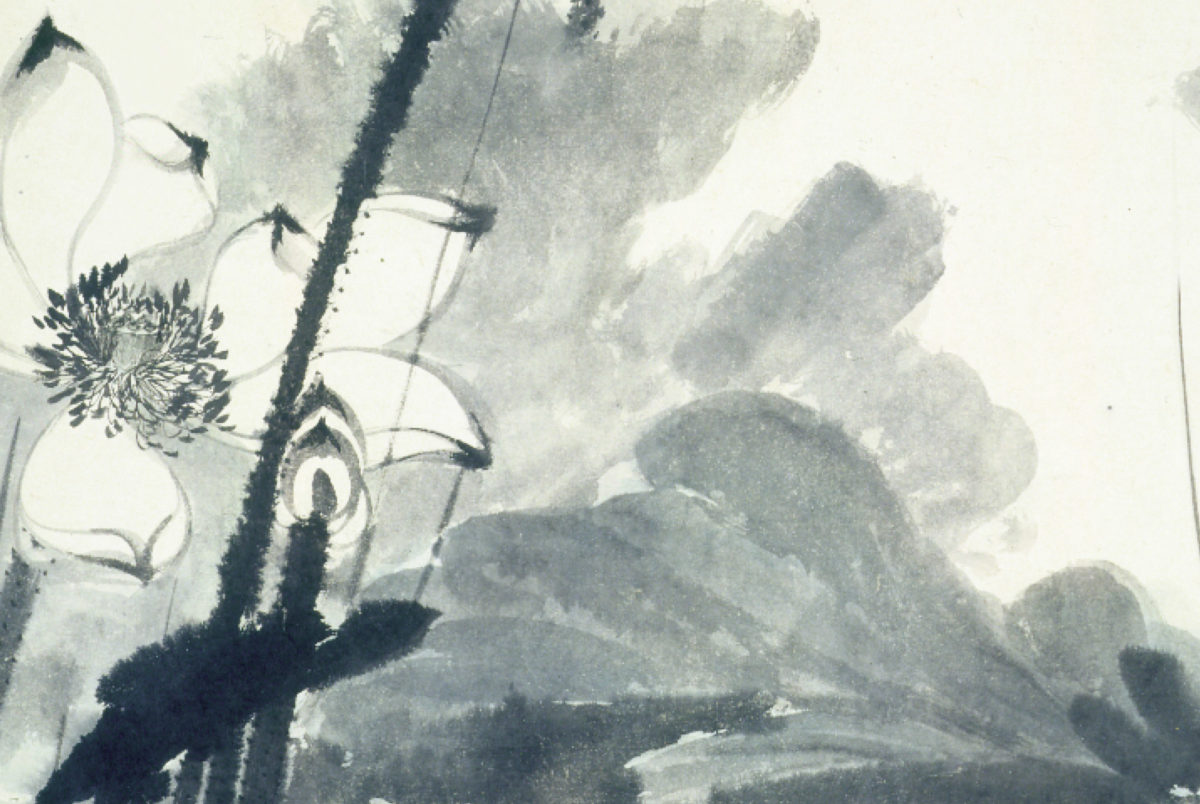
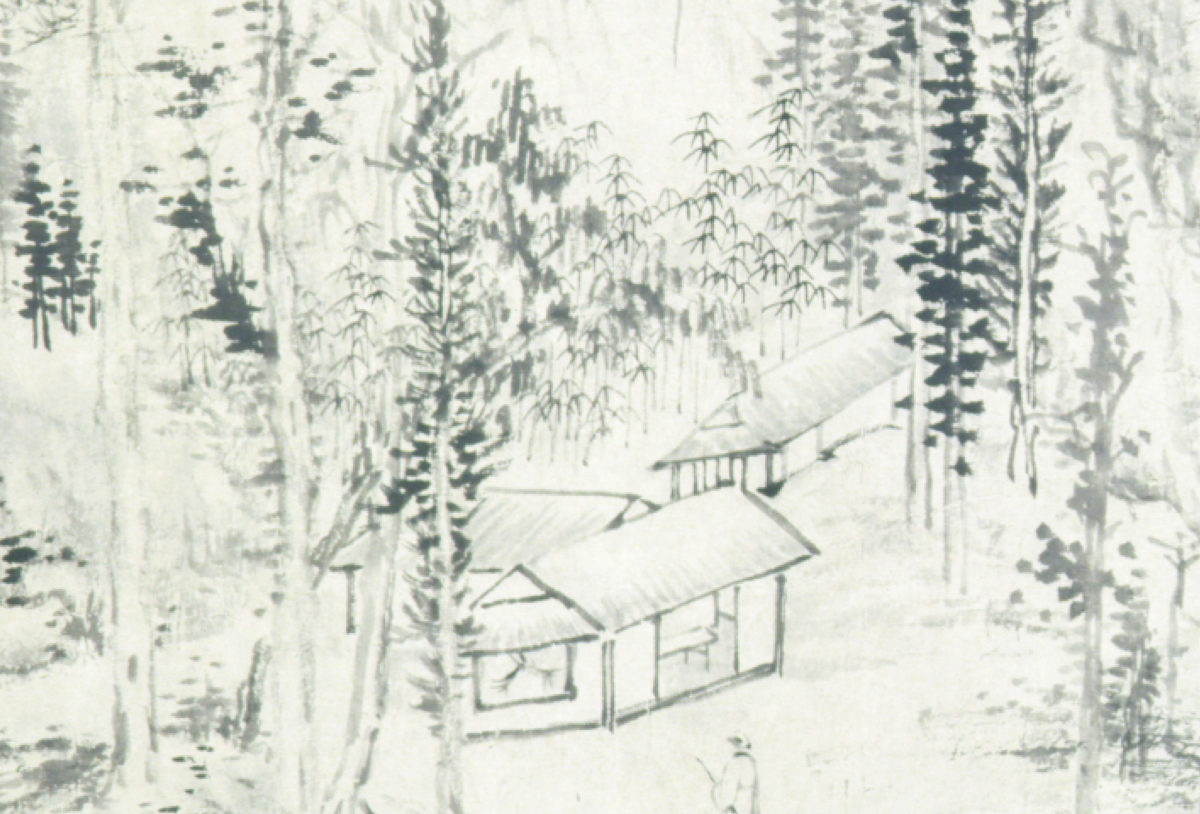
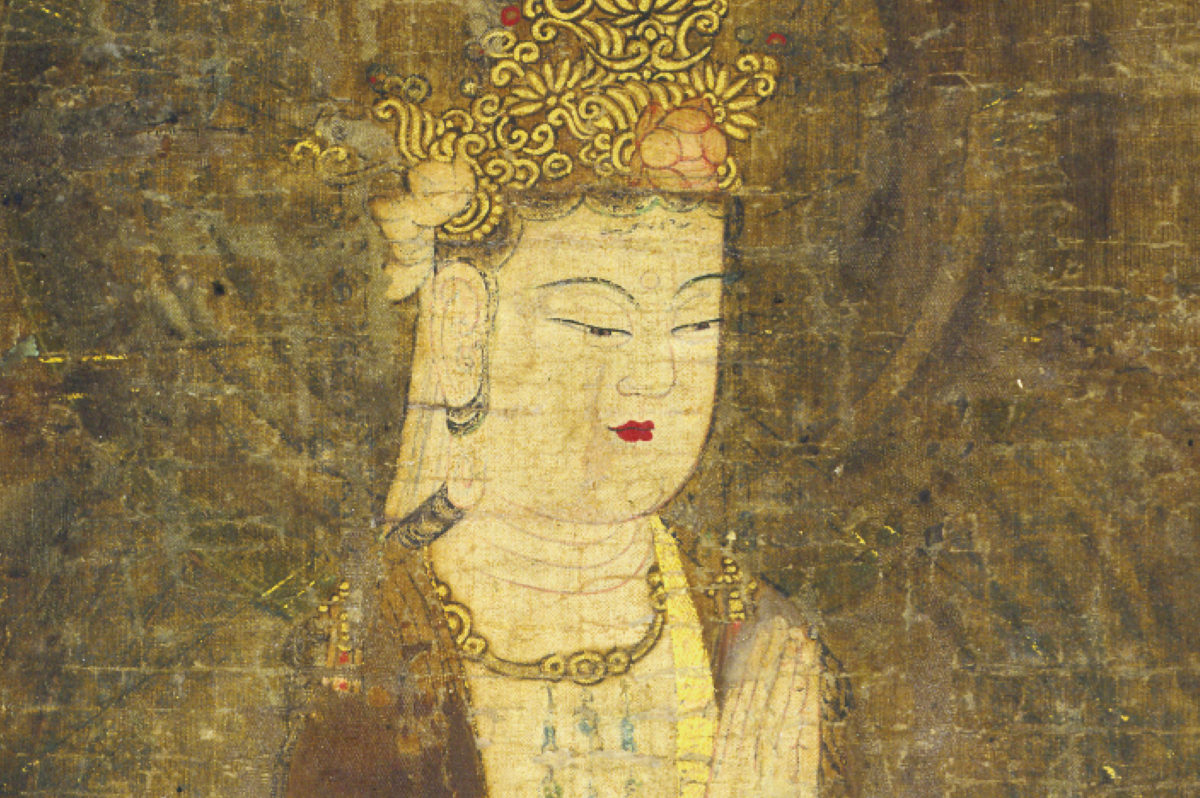
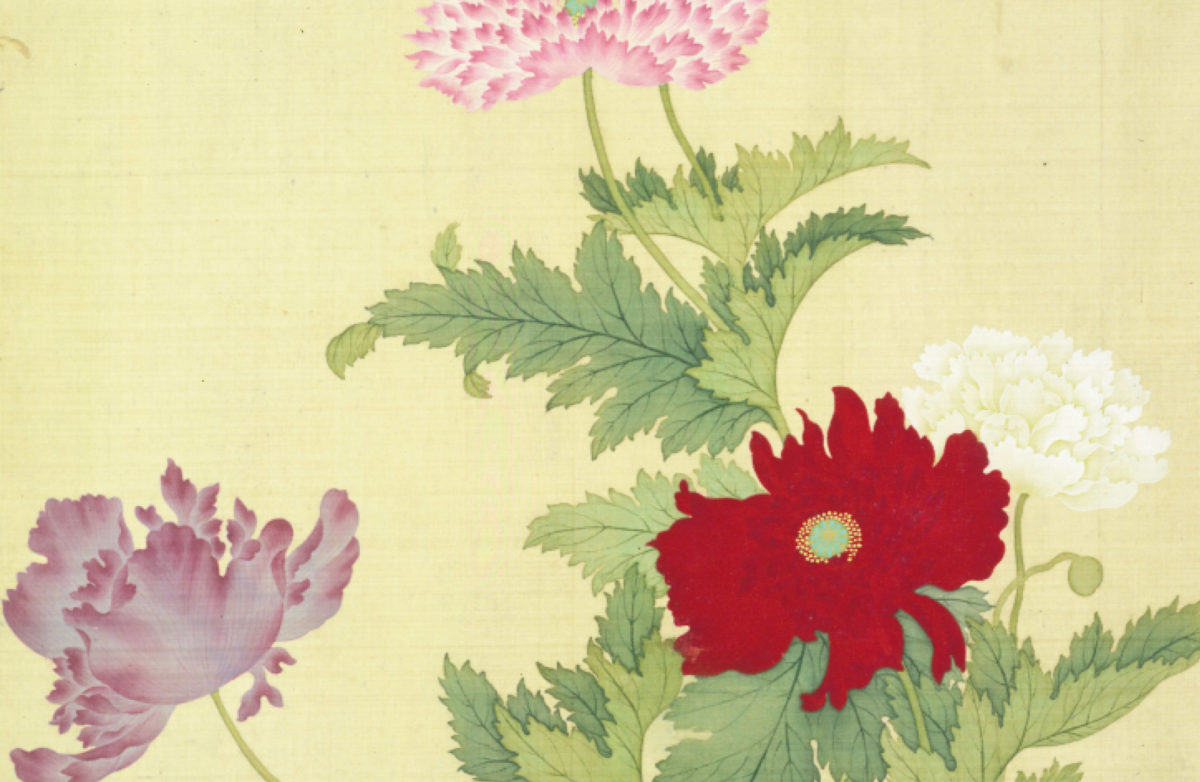

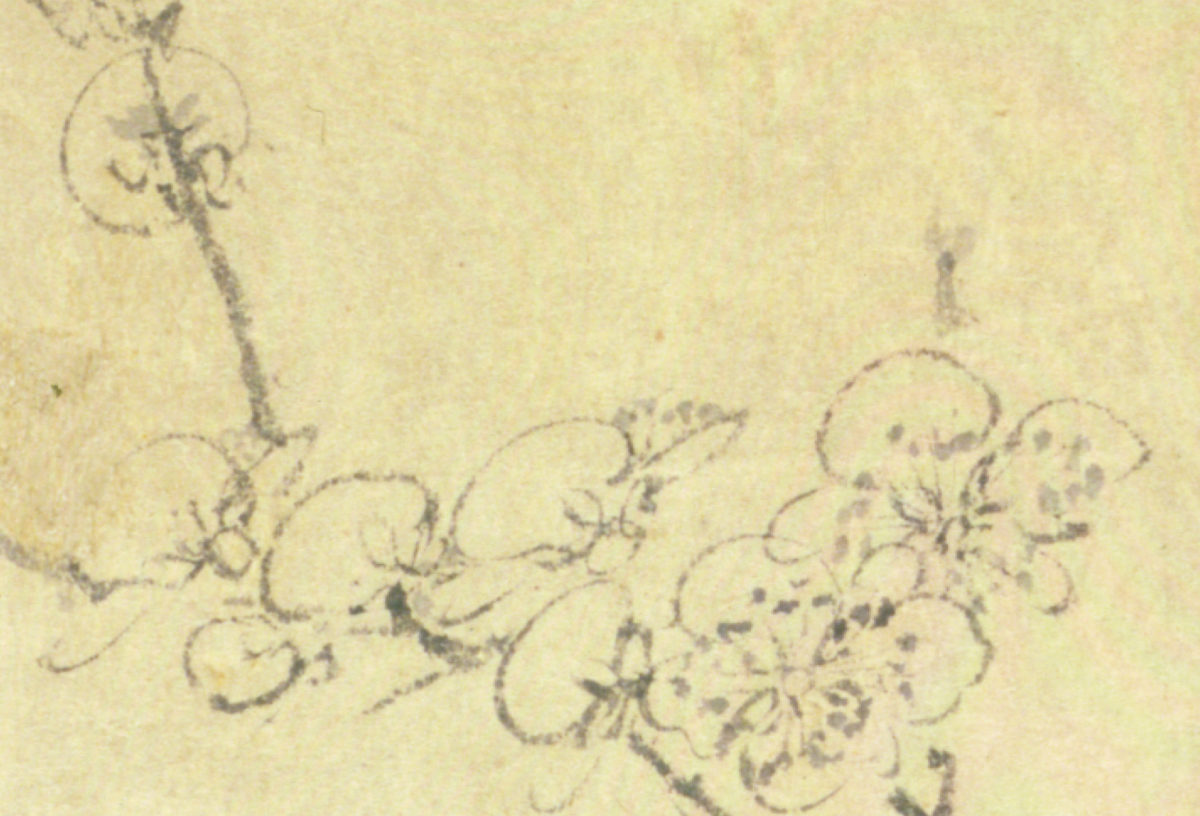
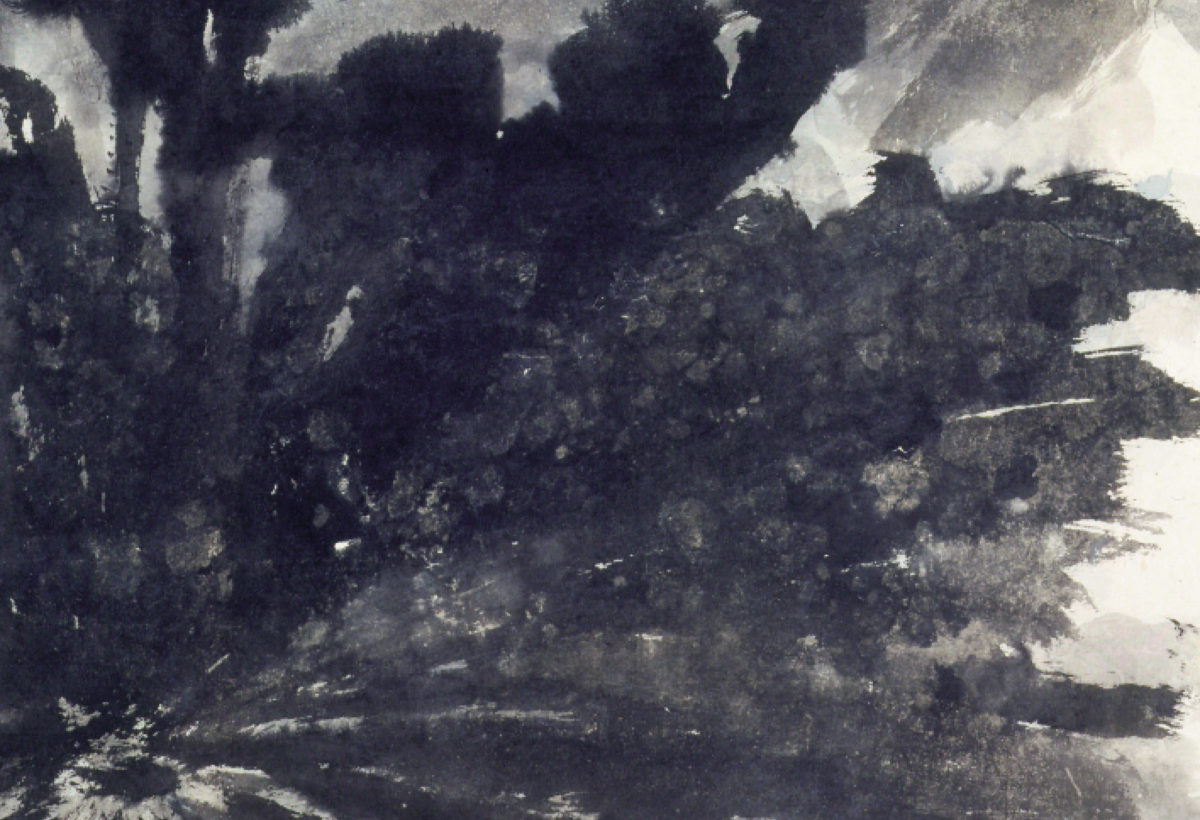

Xieyi: Free and spontaneous, primarily in ink, sometimes with light color tints, favored by scholar painters. (Detail: B74D1)
Broken Ink: A method of “breaking” the wash with deeper or lighter ink tones while the first layer of ink or color is still wet. (B87D1)
Dry brush: Ink is used sparingly with little moisture in the brush. (Detail: B69D41)
Gongbi: A careful, precise style with meticulous attention to details, forms, and standards, usually associated with works in color. (Detail: B66D2)
Another Example of Gongbi: A careful, precise style with meticulous attention to details, forms, and standards, usually associated with works in color. (Detail: B65D49.k)
Boneless: Painting without outline in colors or ink. Sometimes different colors or shades of ink are loaded on to the same brush, enabling the artist to achieve various effects with just one stroke. (Detail: B69D15)
Outline drawing (baimiao): Outline drawing in ink without color, shading, or wash. (Detail: B70D46)
A very wet, free application of ink resulting in ink blobs, broad strokes, or saturated areas of wash. (Detail: B87D1)
Broken Ink: A method of “breaking” the wash with deeper or lighter ink tones while the first layer of ink or color is still wet. (B87D1)
-
Downloads
-
Grade Levels
-
Regions
-
Academic Topics
-
Academic Subjects
The brushpainting artist can achieve a multitude of effects by varying such factors as the speed and pressure applied to a brush, the size and type of brush, the amount of moisture, the manner in which different shades of ink or colors are loaded onto the brush, the angle at which the brush is held, and the type of paper or silk used for painting. Above are examples, drawn from the museum’s collection, which represent some of the more common techniques.
-
Downloads
-
Grade Levels
-
Regions
-
Academic Topics
-
Academic Subjects

